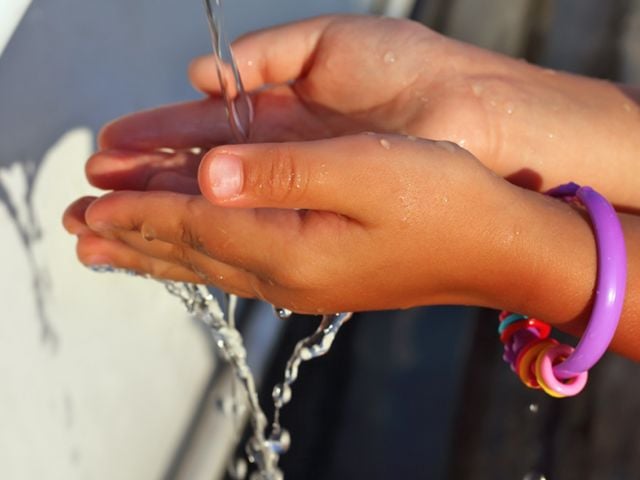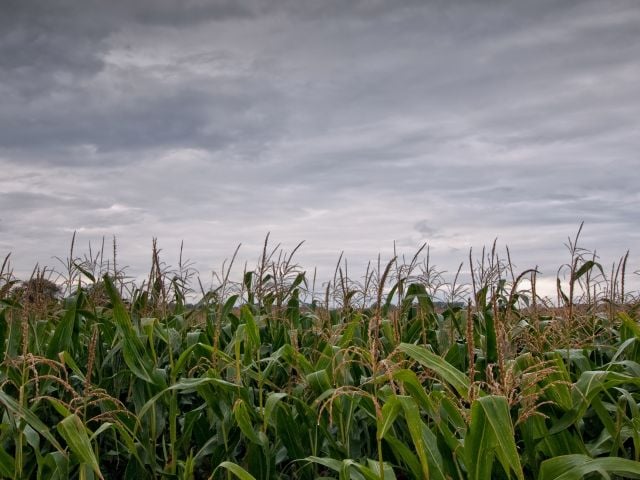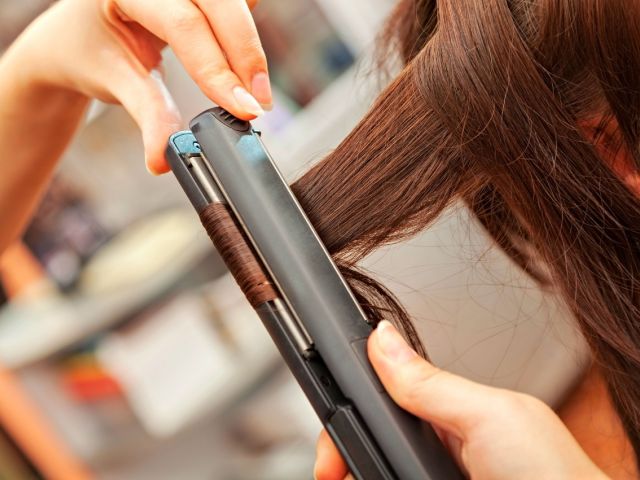Displaying 217 - 240 of 862
Limit your exposure to cell phone radiation
Asparagus Ribbon Salad
Delicious dishes don't have to be complicated – just a few ingredients and a few minutes is often all you need. One of my go-to resources for healthy and simple recipe inspiration is Catherine McCord...

EPA: PFAS drinking water crisis worse than previously reported

Crop Insurance

Mixed Greens 013: Don't get burned!
Science For Sale: Ford Spends $40M to Discredit Danger of Asbestos Brakes
In 1971 Ford Motor Company decided that $1.25 per car was too much to spend on safer alternatives to asbestos brakes. Thirty years later, in the face of mounting lawsuits, Ford began spending millions...

Broken Stream Banks

Envirohealth in Blogs: Factory farming the ocean, plus garlic up your nose
Envirohealth in Blogs: Fishy fishy. . .
A Senate Plan to Protect Cancer
Mesothelioma is an aggressive and incurable form of cancer. It is almost always caused by inhaling tiny asbestos fibers, which pass through the lungs and become embedded in the mesothelium, a thin...

Getting started on your plant-powered kitchen

Burlingame Passes Cell Phone Radiation Bill
The Burlingame, Calif., city council has passed a motion to post guidelines on the city's website to advise consumers how they can minimize their exposure to cell phone radiation.
EWG News Roundup (5/26): EWG’s 2017 Sunscreens Guide, Trump’s Budget, Food Fight with FDA and Good News from SC Johnson
Here's some news you can use as you begin your weekend.

Cheatsheet: Triclosan
EWG News Roundup (3/30): Pruitt’s Pesticide Anniversary and $50 Condo, Chemicals Causing Weight Gain and More
Roundup 3/30: Here's some news you can use going into the weekend.

EWG's Guide to Safer Cell Phone Use

EWG’s Guide to a Healthy Summer
For many families, summer means a whole new routine – different schedules, carpools and activities, and kids spending more time outside. These changes bring a whole new set of considerations about how...

An App for everything, except radiation levels

EWG’s Guide to a Healthier Thanksgiving
This year the Covid-19 pandemic has many Americans rethinking how they're spending Thanksgiving. EWG took a fresh look at some of the holiday's traditions, and we have these tips to make your...

New York: Explain Why Drillers Got Early Info
Timeline: The FDA’s failure to regulate ‘Brazilian blowout’ hair treatments

Will the Real Ethanol Beneficiaries Please Stand Up?

Pew: FDA allows untested chemicals in food
Scientists from Pew Charitable Trusts found that 54 percent of the chemicals added to food have never undergone the most basic safety tests recommended by the federal Food and Drug Administration. Pew...

EWG news roundup (2/25): Crop insurance payments flow to many counties on the Mississippi, USGS finds PFAS in drinking water wells in 16 states and more
